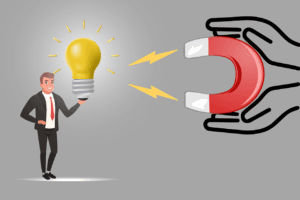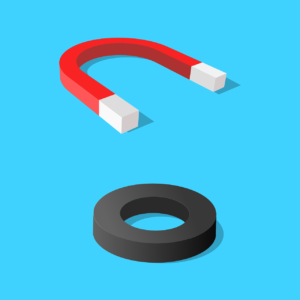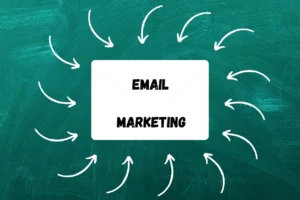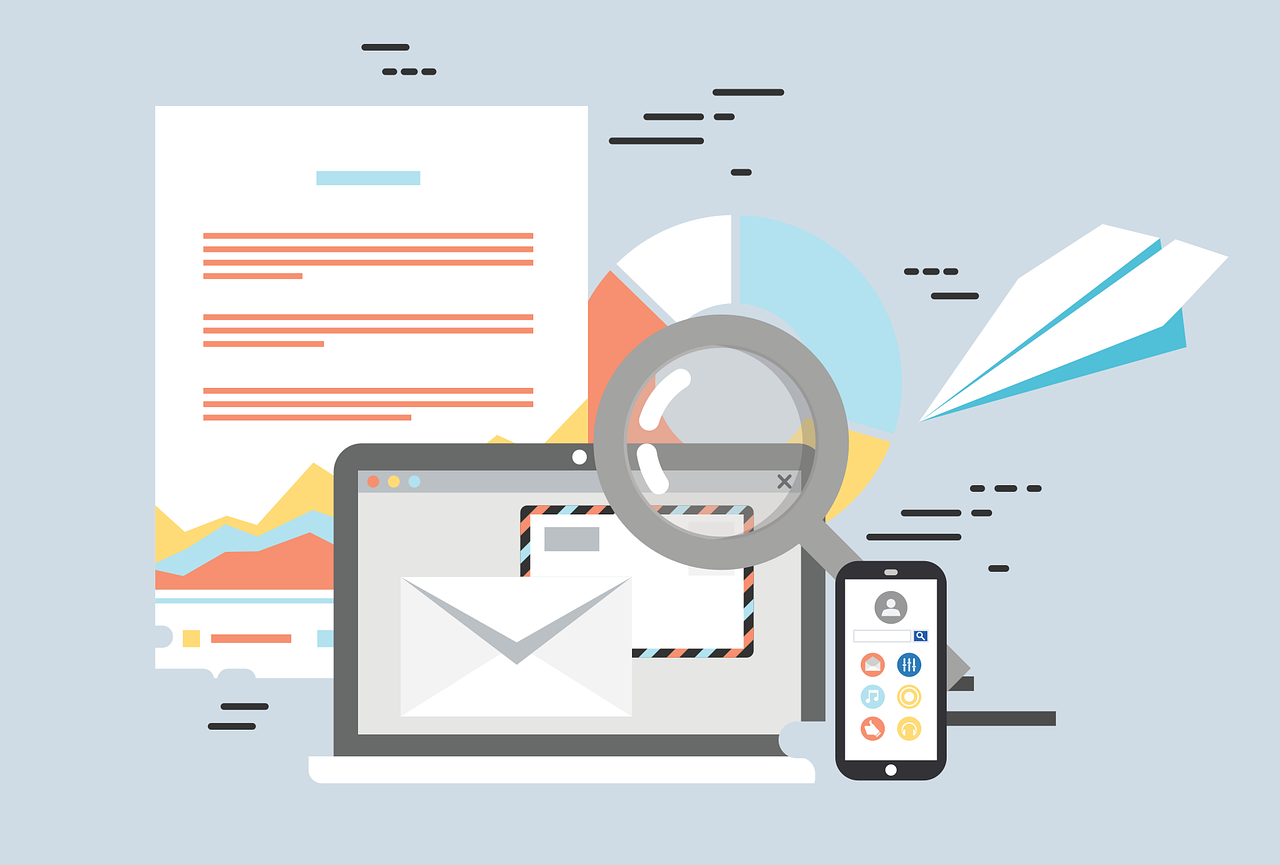A well crafted lead magnet can transform your marketing strategy by converting casual visitors into loyal subscribers. But creating a lead magnet isn’t just about throwing content together it’s about offering real value that resonates with your audience. Here’s a comprehensive guide on how to create winning lead magnet that truly delivers results.

Key Steps to Success
Creating a winning lead magnet is essential for building trust with your audience, establishing authority in your niche, and nurturing potential customers into long-term conversions. But how to create a winning lead magnet involves more than just offering a freebie. It’s about providing high-value content that addresses a real problem, ensuring ease of use, and demonstrating your expertise. Here’s a breakdown of the key elements of a successful lead magnet.
1. Solve a Specific Problem
One of the first steps when learning how to create a winning lead magnet is identifying a clear pain point that your target audience faces. A successful lead magnet solves a specific problem that your audience is eager to fix. Instead of generic topics like “Tips to Save Money,” consider something more focused like “How to Save $500 Every Month in 3 Simple Steps.” The more specific your offer, the higher its perceived value, as people are always looking for targeted solutions to their problems. Being specific helps your audience see the direct benefit they will receive by downloading your lead magnet.
2. Deliver a Quick Win
When you create a winning lead magnet, it’s essential that it offers immediate, actionable value. A lead magnet should provide a “quick win” — a solution that can be applied right away. For example, if you’re targeting people who want to adopt a healthier lifestyle, you could create a vegetarian starter kit that includes a simple grocery list and easy-to-follow meal ideas. This quick, actionable guide will allow your audience to start right away, fostering trust and showcasing your expertise. The faster they can see results, the more likely they are to engage with your brand in the future. Therefore, ensure that your lead magnet isn’t overwhelming but offers easily digestible information.
3. High Perceived Value
Even though your lead magnet is free, it’s important to communicate its worth. To ensure your audience sees the value in your offer, give it a high perceived value. Label your eBook or guide as a “$47 value” or present your webinar as something worth “$199.” When you assign a monetary value, you’re elevating the perceived quality of your lead magnet. This psychological trigger makes your audience more likely to take action, as they see the free offer as a limited-time, high-value resource they shouldn’t pass up.
4. Ease of Consumption
Another crucial factor in how to create a winning lead magnet is ensuring that it is easy to consume. While providing value is important, it’s equally essential to keep things simple. Overloading your audience with too much information can result in confusion and disengagement. Instead, offer content that is easy to digest, implement, and access. Whether it’s an eBook, checklist, video series, or guide, the format should be designed for maximum usability. A well-structured lead magnet with clear action steps allows your audience to benefit from it quickly and effortlessly, ensuring that they gain value without feeling overwhelmed.
Why These Elements Matter
By focusing on these key aspects — solving a specific problem, delivering a quick win, ensuring high perceived value, and making your lead magnet easy to consume — you create an irresistible offer that will not only help you grow your email list but also foster long-term relationships with your audience.
The key to how to create a winning lead magnet lies in balancing value with ease. When your audience experiences immediate benefits and sees the worth in your free offer, they’re more likely to trust you, engage with your content, and eventually become paying customers.
Incorporating these elements into your lead magnet strategy will give you a competitive edge. Whether you’re new to lead magnets or looking to optimize your current offerings, following these guidelines will ensure that you create a lead magnet that resonates with your audience and drives conversions. Remember, how to create a winning lead magnet isn’t just about attracting email addresses; it’s about offering meaningful value that will turn prospects into loyal customers.
Identifying Your Audience’s Pain Points
Creating a winning lead magnet requires a deep understanding of your audience’s challenges. The foundation of any successful lead magnet lies in identifying the pain points your target audience faces. By solving a specific problem, you ensure that your lead magnet provides real value, which is essential to building trust and engagement. Here’s how to identify these pain points and create a lead magnet that resonates with your audience.
1. Survey Your Audience
A direct way to uncover your audience’s challenges is through surveys. If you already have an email list, you can ask your subscribers about their biggest struggles in your niche. For example, you could send out a simple survey asking, “What is your biggest challenge with [topic]?” Even a small number of responses can provide critical insights into what your audience needs. When creating a winning lead magnet, this method gives you firsthand knowledge, allowing you to tailor your content to solve real, pressing problems.
2. Leverage Social Media
Social media platforms are powerful tools for understanding your audience’s pain points. Tools like BuzzSumo help you identify top-performing content in your industry. By analyzing trending posts, you can uncover common themes or challenges that people are discussing. Pay attention to the pain points addressed in highly shared content, as these topics tend to resonate with a large audience. By creating a winning lead magnet that addresses these concerns, you’re more likely to draw in an engaged audience that finds value in your offer.
3. Explore Forums and Niche Communities
Online forums, niche communities, and Q&A platforms like Quora provide a goldmine of information about your audience’s struggles. By browsing relevant forums or groups, you can see the most common questions and concerns that your target audience has. Popular threads often indicate problems that people are eager to solve. For example, if you’re targeting entrepreneurs, exploring forums related to business development can highlight challenges they face, such as “How to find clients” or “How to grow my social media presence.” Creating a winning lead magnet that addresses these questions will provide immense value to your potential leads.
4. Analyze Your Existing Content
If you already have a website or blog, your analytics can reveal which topics your audience finds most valuable. By reviewing your most visited pages or most commented-on posts, you can identify the content that has resonated the most with your audience. These popular topics often highlight pain points that are central to your audience’s needs. For example, if a blog post about “How to Increase Website Traffic” is consistently attracting views, creating a winning lead magnet around this topic, such as a checklist for driving traffic, would likely be a great choice. By building on content that’s already proven to engage your audience, you can create a winning lead magnet that speaks directly to their needs.
Why Understanding Pain Points is Crucial for Creating a Winning Lead Magnet
When you know what keeps your audience up at night, you can craft a lead magnet that solves that exact problem. A winning lead magnet not only draws in new subscribers but also positions you as a problem-solver in your niche. By offering valuable content that directly addresses your audience’s pain points, you increase the likelihood of converting leads into loyal customers. The more relevant and targeted your lead magnet, the better the chances of building lasting relationships with your audience.
Knowing how to create a winning lead magnet begins with identifying your audience’s pain points. Whether you gather insights through surveys, social media, forums, or content analysis, understanding the specific challenges your audience faces is essential for crafting a lead magnet that truly resonates. By offering actionable solutions that provide immediate value, you not only capture email addresses but also foster trust and engagement that will ultimately drive conversions and business growth.

Choosing the Right Medium
When creating a winning lead magnet, it’s essential to choose the right medium that will resonate with your audience. The format of your lead magnet can significantly influence its effectiveness, so understanding your audience’s preferences is key. Different people consume content in various ways, and aligning your lead magnet with these preferences can help maximize its impact.
eBooks or Guides
If your target audience values in-depth information and step-by-step instructions, an eBook or a guide can be an excellent format. These are great for offering detailed insights into a specific problem or process. For example, a guide titled “How to Grow Your Email List in 30 Days” would attract individuals looking for a comprehensive roadmap. By offering a winning lead magnet in this format, you provide valuable content that helps your audience take actionable steps toward their goals.
Checklists
For busy professionals or individuals looking for quick, actionable solutions, a checklist can be a perfect choice. Checklists offer a concise way to deliver value without overwhelming your audience with too much information. A simple checklist, such as “The Ultimate Checklist for Website Optimization,” can be a winning lead magnet that helps users quickly implement improvements without diving into a lengthy guide.
Webinars or Videos
Visual learners are more likely to engage with webinars or videos. These formats are perfect for demonstrating complex concepts or providing a personal touch. A winning lead magnet in the form of a webinar, like “How to Boost Your Business on Instagram,” can create trust and build a connection with your audience, increasing the likelihood of conversion.
Templates
Templates are ideal for audiences who need practical, ready-to-use solutions. Whether it’s a business plan template or a social media content calendar, providing a winning lead magnet in the form of a template can save your audience time and effort while offering immediate value.
Pro Tip: Repurpose Your Content
To maximize the value of your content, consider repurposing it into multiple formats. For example, a comprehensive blog post can be transformed into a checklist, an infographic, or a video series. By adapting your winning lead magnet to different mediums, you cater to various preferences and increase the chances of engagement.
Choosing the right format is essential for how to create a winning lead magnet that effectively attracts and nurtures your leads. Understanding your audience’s preferences and delivering value in a format they prefer will help you build a stronger relationship with potential customers.

Writing Copy That Converts
When crafting a winning lead magnet, the copy you write plays a vital role in converting your audience. Effective copy should resonate with your potential leads, highlight the benefits, and create a sense of urgency. Here’s how to write compelling copy for both your lead magnet and its landing page that will convert visitors into subscribers.
1. Craft a Compelling Headline
The headline is the first thing visitors will see, so it must grab attention immediately. Your headline should clearly address the problem your audience faces and the benefit your lead magnet offers. A compelling headline acts as a hook, drawing in your audience and enticing them to learn more.
For example:
- “Lose 5 Pounds in 7 Days with Our Free Meal Plan”
- “Double Your Productivity in 30 Days with Our Free Guide”
By focusing on specific benefits, you make it clear what value they will gain from your winning lead magnet. The key is to address the pain point and show them how your solution will help them.
2. Focus on Benefits, Not Features
When writing copy for your winning lead magnet, don’t just list its features. Instead, focus on the benefits — how it will solve your audience’s problem. Benefits create a connection with your audience because they can immediately see how the lead magnet can improve their lives.
For example, instead of saying:
- “This eBook contains 10 chapters”,
You could say:
- “Learn 10 proven strategies to double your productivity”.
By shifting the focus to benefits, you show your audience why they should care about your winning lead magnet and how it directly impacts them.
3. Use Active Voice
Active voice is more engaging, making your copy clearer and easier to read. Active voice compels the reader to take immediate action, which is what you want on your landing page.
For example:
- “Download the guide and start saving today” (Active Voice)
Instead of:
- “The guide can be downloaded to help you save” (Passive Voice).
By using active voice, you direct your audience toward the desired action, helping them feel empowered to take the next step with your winning lead magnet.
4. Include Social Proof
Adding social proof to your landing page or lead magnet can significantly increase your conversion rates. Testimonials, success stories, and follower counts build trust and reassure your audience that they’re making a smart decision by engaging with your winning lead magnet.
For example, you can add:
- “Join over 10,000 people who have already used this guide to increase their productivity!”
- “This free meal plan helped hundreds of people lose weight in just a week!”
Social proof works because it shows potential leads that others like them have found value in your lead magnet and have already benefited from it.
5. Keep It Simple and Direct
Avoid using jargon or overly complex language in your copy. Simple, clear, and direct messaging ensures your audience knows exactly what to expect and how your winning lead magnet can help them solve their problems. Keep your sentences concise, your points focused, and your calls to action clear.
Writing Copy for Your Winning Lead Magnet
To create a winning lead magnet, the copy must be irresistible. Craft a compelling headline, focus on the benefits, use active voice, and include social proof. The key to success lies in connecting with your audience, clearly demonstrating how your lead magnet solves their problem, and encouraging them to take immediate action. With the right copy, you can turn a simple lead magnet into a powerful tool that drives engagement, builds trust, and converts leads into loyal customers.
FAQs
- What is a lead magnet?
A lead magnet is free content offered in exchange for a prospect’s contact information, like an email address. - Why are lead magnets important?
They help build your email list, establish authority, and nurture leads into customers. - What formats work best for lead magnets?
Popular formats include eBooks, checklists, templates, webinars, and video series. - How can I measure the success of my lead magnet?
Track metrics like opt-in rate, engagement, and conversions to assess its effectiveness. - Can I repurpose existing content into a lead magnet?
Yes, blog posts, infographics, or videos can be repurposed into downloadable formats.
By following this guide, you’ll not only understand how to create winning lead magnet that captures attention but also build meaningful relationships with your audience. Start crafting your lead magnet today and watch your email list grow!





















